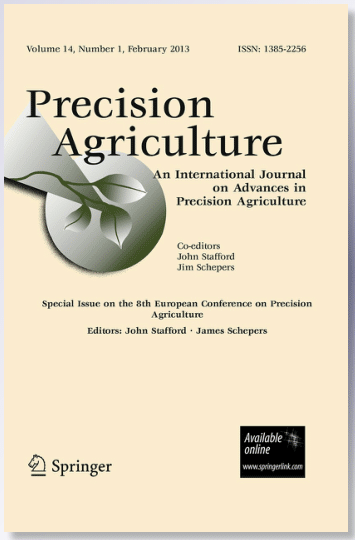The use of thermal-based crop water stress index (CWSI) has been studied in many crops in semi-arid regions and found as an effective method in detecting real-time crop water status of commercial fields remotely and non-destructively. However, to our knowledge, no previous studies have validated the usefulness of CWSI in a temperate crop like wild blueberries. Additionally, the temporal changes of the water status estimation model has not been well-studied. In this multi-year study, Unoccupied Aerial Vehicle (UAV)-borne thermal imageries were collected in 2019, 2020, and 2021 to test the temporal effects and the impact of different approach-based reference temperatures (Twet, wet reference temperature; Tdry, dry reference temperature) on leaf water potential (LWP) estimation models using CWSI in two large adjacent wild blueberry fields in Maine, United States. We found that different sampling dates have a significant impact on LWP estimation models using CWSISE (statistical Twet and empirical Tdry reference) and CWSISS (statistical Twet and statistical Tdry reference). Further, CWSIBB calculated with bio-indicator-based Twet and Tdry reference was found more effective (r² = 0.79) in estimating LWP in 2021, compared to the CWSISE and CWSISS approaches in 2019 (r² = 0.34 & r² = 0.36), 2020 (r² = 0.38 & r² = 0.44) and 2021 (r² = 0.43 & r² = 0.46). CWSIBB -LWP model-based crop water status maps show high variation in the crop water status of wild blueberries, even in an evenly irrigated field, suggesting the potential of UAV-borne thermal cameras to detect real-time crop water status within the field, with the CWSIBB calculated from bio-indicator-based references being more reliable. Our results could be used for precision irrigation to increase the overall water use efficiency and profitability of wild blueberry production.


